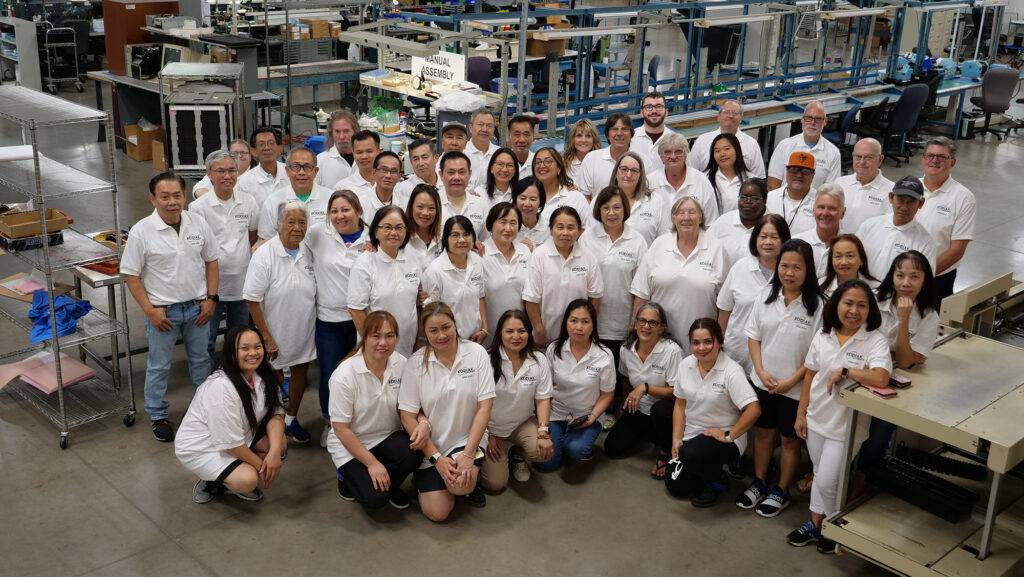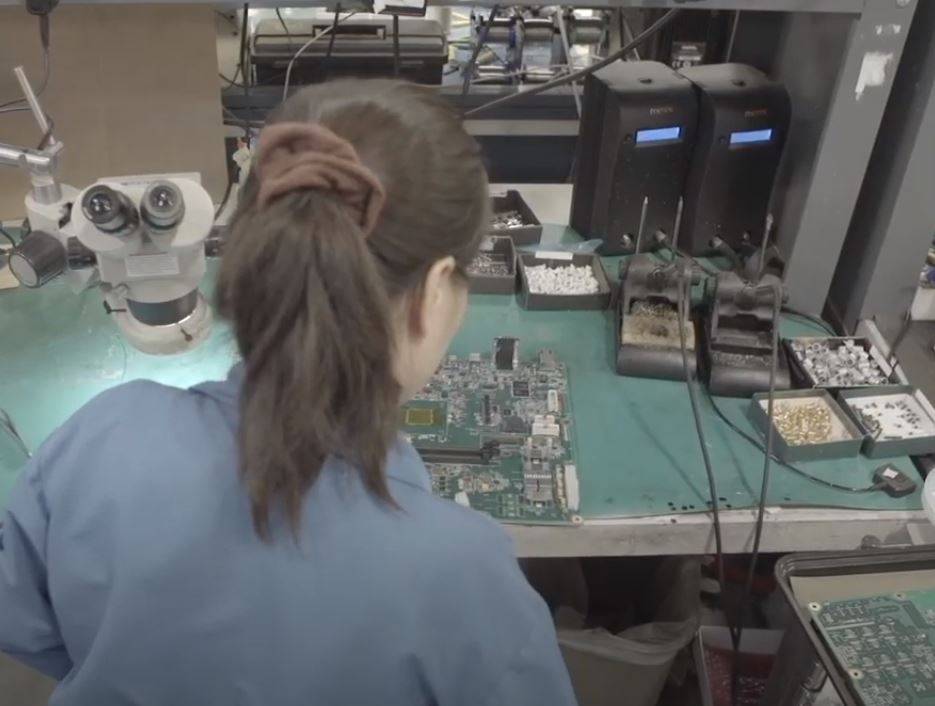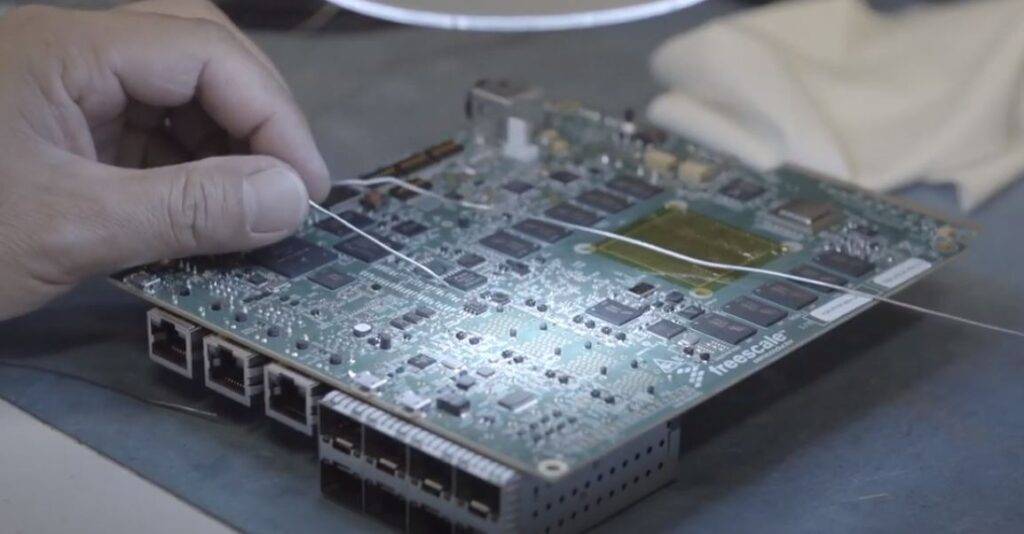Electronic Components Shortage: Will Supply Ever Catch Demand?

The electronic components shortage. Allocation. Rising prices.
These words fill most buyers with dread and when used together, bring the current situation that continues to unfold within the industry.
While the U.S. economy and the global economy continues to hum, the desire to shift toward autonomous vehicles, smart networks and the latest and greatest smartphones outpace the supply of electronic components. However, the continuing – and sometimes growing – hum of business indicates demand is rising while supply is dwindling and oftentimes unable to catch up. The electronic components shortage is evident of this cat and mouse chase of supply and demand, leaving suppliers, manufacturers and more unclear on the future.
The ongoing electronic components shortage
Now that the components shortage is entering its second year with no end in sight, leaving manufacturers feeling quite like Wile E. Coyote chasing the Road Runner. What makes it even worse is that these components make up necessary supply for crucial elements to our technology-dependent society. Here on out, will suppliers ever be able to catch and keep up with the ever-growing demand?
The boom in U.S. manufacturing over the last year was critical in lifting demand in industries such as energy, mining, and construction, so much so that industrial companies have reported strong sales and profits in recent weeks – including that the pace of factory hiring has more than doubled this year compared to the first half of 2017.
High demand, short supply
Fast-forward to now, electronic components are on allocation and prices remain on the rise. It’s the perfect storm for manufacturers, as consumer demand grows, along with the rise of technology advancements for everyday products. A range of components including hard disk drives to capacitors are currently in short supply.
What are suppliers doing to try to catch up with demand? Some are actively working to add capacity, but it’s not as easy as it sounds. Many parts suppliers cut back during the recession and have been hesitant and slow to build back up to that point. Some suppliers also have a hard time finding skilled workers to fill the labor gap. Others worry that by the time they increase capacity, the shortage will be over and they’ll be forced to scale back down again.
Driving demand and rising prices
Much like we’ve talked about before, the demand for these electronic components is driven by several factors. For one, the ever-increasing demand and reliance of technology advancements in everyday products. This continual demand leaves a short, unstable supply of parts.
Another one of the large reasons demand for passive components such as MLCCs has skyrocketed is the shift in IoT technology, especially in the telecommunication and automotive markets. Others include CPU chips, DRAM and RAM parts, to name a few.
With the demand of these parts come the rising prices. Although the rising prices can be directly attributed to supply and demand, many believe the cost will remain high even after the shortage ends. This might also be affected by potential tariffs.
The shortage has long been predicted to remain through mid-2018 and it’s becoming clear that the shortage is only going to continue longer. While there is no end in sight, the electronic component shortage will eventually level out. However, the situation remains a major opportunity for manufacturers to demonstrate agility through their response to the shifting market.
The decisions you make right now can affect your company’s longevity as many businesses become vulnerable to supply shortages. We’ve advised companies to avoid attempting to wait out the shortage. If you have questions regarding lead times and placing orders, contact your manufacturing partner now.
Kodiak Assembly Solutions has developed manufacturing and assembly solutions with customers’ business goals in mind. Our experience lies in our experienced team, our state-of-the-art machines, clean facility, and our quality-centered processes. If you’re concerned with the growing lead times for components, contact us today – before lead times become longer.



